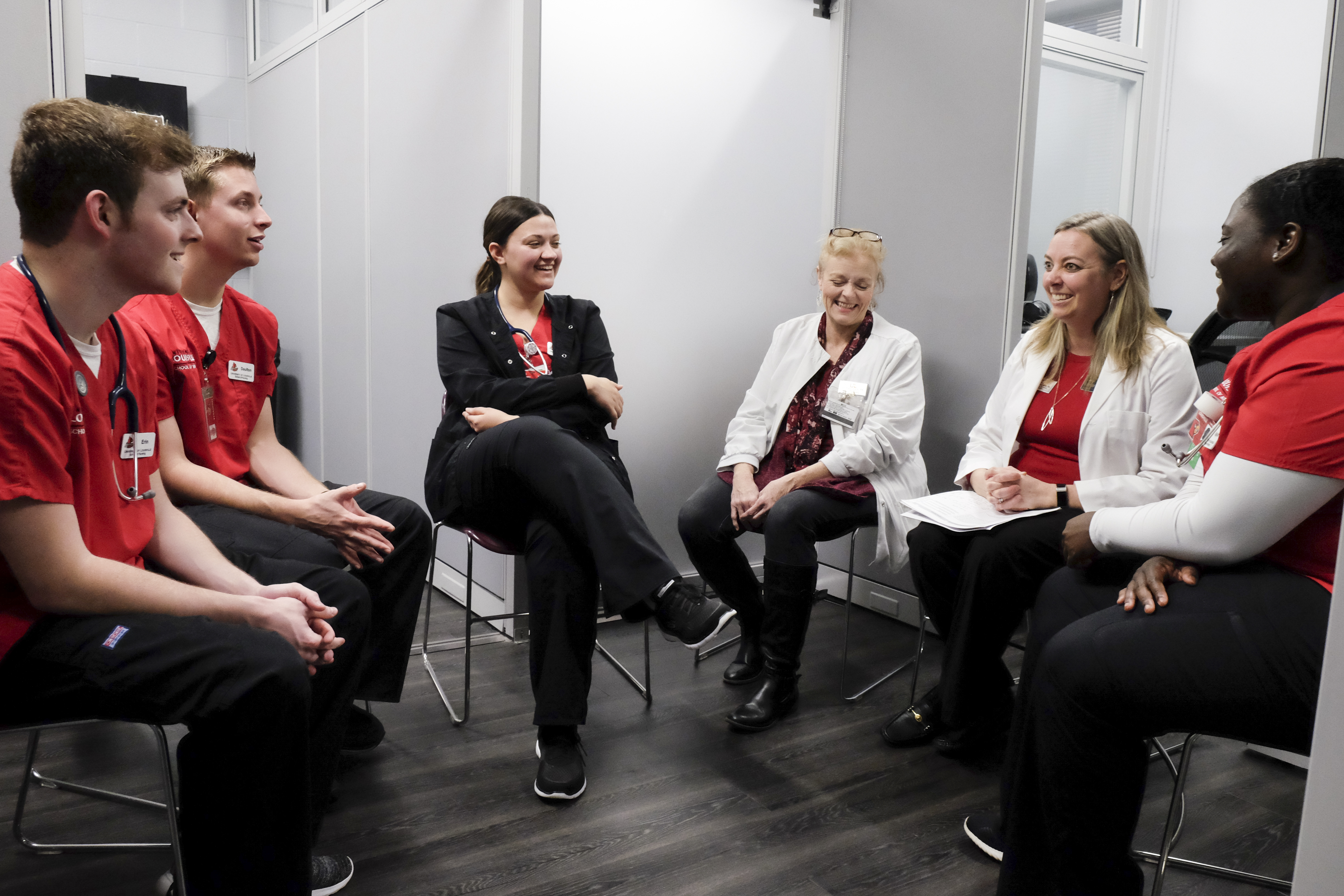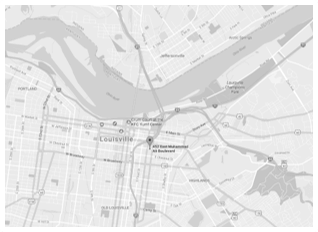Clinical Simulation Center

About the Clinical Simulation Center
Upon graduation nursing students often find it difficult to transfer learning from the classroom to clinical practice. Including simulations in a nursing curriculum provides students an interactive, practice-based instructional strategy to practice clinical skills in a safe environment; and offers nurse educators the opportunity to meet students’ learning objectives in nursing courses.
It is the mission of the Clinical Simulation Center (CSC) to educate and provide clinical simulation experiences to promote knowledge/practice development, patient safety, skills application, clinical judgement, and evaluation that will improve the evolving health needs of a diverse society.
The mission of the CSC demonstrates the UofL School of Nursing core values by
promoting:
- accountability
- compassion
- curiosity
- engagement
- integrity
- respect
- innovation
It is the vision of the CSC to use simulation to promote innovation in education, research, and practice; to promote quality and safety, enhancing patient care.
- Learn: Facilitate the growth of competence, confidence, and clinical judgment.
- Discover: Advance clinical simulation and learning through inquiry and dissemination.
- Connect: Utilize partnerships to promote the profession of nursing and support professional development.
- Work: Foster a culture of care, trust, and accountability.
